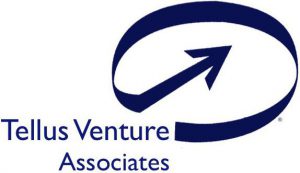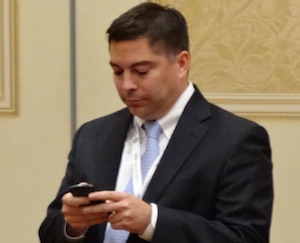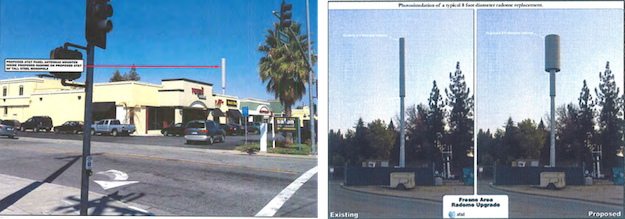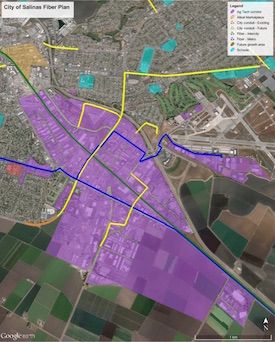LA legislator wants to scrap the CPUC and start over again
![By Brocken Inaglory (Own work) [CC BY-SA 3.0 (https://creativecommons.org/licenses/by-sa/3.0) or GFDL (https://www.gnu.org/copyleft/fdl.html)], via Wikimedia Commons](https://www.tellusventure.com/images/2016/2/san_bruno_explosion.jpg)
When you’re in the broadband business, it’s easy to lose sight of the fact that the bulk of the work done by state utility regulators, particularly the California Public Utilities Commission, has nothing to do with telecommunications. And from the most basic, life and death perspective, broadband is nowhere near the top of the priority list.
That privileged position belongs to the natural gas industry, because a mistake can literally destroy a town, due to an explosion, as in San Bruno, or due to a major leak, such as the ongoing one in the Porter Ranch area of Los Angeles County.… More


![By JohnHStover (Own work) [CC BY-SA 3.0 (https://creativecommons.org/licenses/by-sa/3.0)], via Wikimedia Commons](https://www.tellusventure.com/images/2016/2/skid_row.jpg)

![Daniel Mayer [CC BY-SA 3.0 (https://creativecommons.org/licenses/by-sa/3.0) or GFDL (https://www.gnu.org/copyleft/fdl.html)], via Wikimedia Commons](https://www.tellusventure.com/images/2016/1/lee_vining.jpg)
![By Taken by fir0002 | flagstaffotos.com.au Canon 20D + Canon 70-200mm f/2.8 L (Own work) [GFDL 1.2 (https://www.gnu.org/licenses/old-licenses/fdl-1.2.html)], via Wikimedia Commons](https://www.tellusventure.com/images/2016/1/monopoly_board.jpg)



